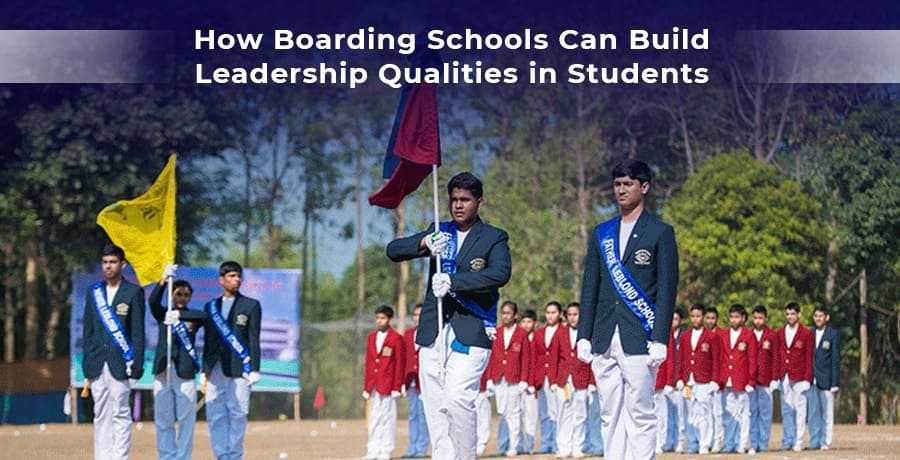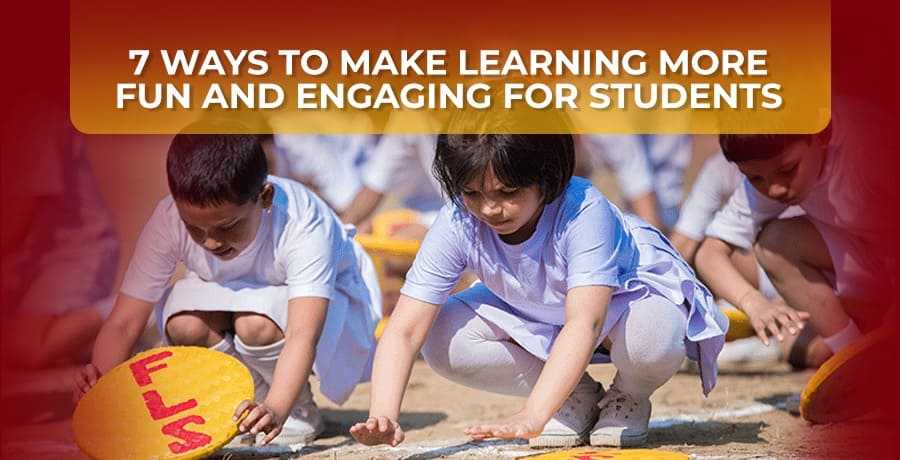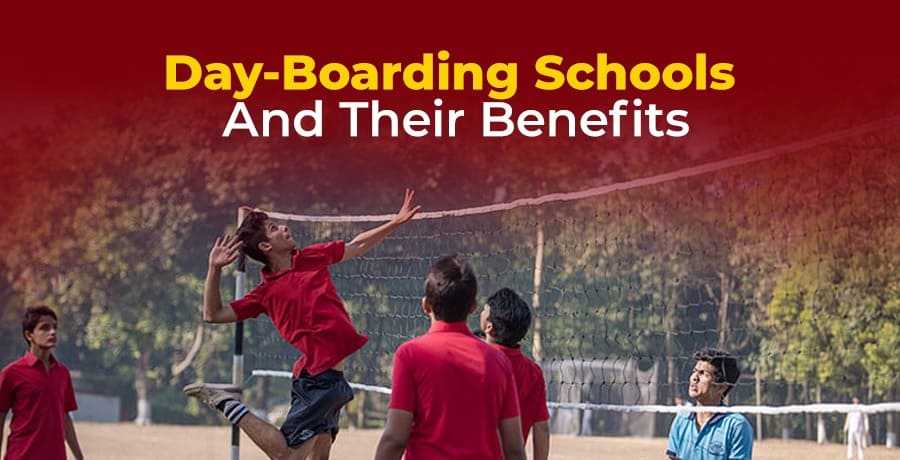Engaging students in learning activities have improved their concentration and awareness, encouraged them to exercise higher-level reasoning skills, and generated opportunities for learners. Professors that use a student-centered teaching strategy boost learner engagement, which assists students to accomplish the school's instructional outcomes more effectively.
At Father LeBlond School, we are focused on making sure that students do not just stick to the syllabus. We want them to be all round learners and not rely on their memory power alone.
To achieve this, we encourage student engagement in our classes. This essentially means that we try to involve students in the learning process as much as possible so that they can learn better and develop more skills.
Active learning as a means of increasing student involvement
Instead of simply listening silently, differentiated instruction encourages youth to engage in class. Brief question-and-answer periods, conversation interwoven into the presentation, spontaneous class work, practical experience exercises, and immersive training events are just a few examples of approaches. Contemplate how to create guidelines, devise successful assessment criteria, and also provide constructive feedback as you examine incorporating instructional strategies into your program.

How can student engagement be achieved?
We at Father LeBlond School use several ways to enhance student engagement. Some of these have been highlighted below.
• Facilitating lively debates
While "excellent" talks can be an effective technique for boosting classroom motivation. Long preparation in advance will assist you in setting a clear objective for the conversation and establishing well-defined boundaries. It will allow the class to discuss key themes from a wide range of opinions, improving students' interest in and involvement with the study material.
• Dealing with disagreements in an objective fashion
A lack of respect might arise from a spirited discussion. When a conversation produces a lot of disagreement, it impairs one's capacity to make fact-based claims or look past assumptions. We do not encourage disrespect in class, but we point students in the right direction to make sure they can make their goals heard without compromising on their tone.
• Analyzing student writing
We also guide pupils through the assignment, promoting peer feedback through planned or unstructured tasks, and incorporating writing into instructional activities. Sometimes, students who are too shy to engage in class can often express themselves through their writing which is a good way to find out who has more things to speak about but does not get the opportunity to speak or present themselves. Paying close attention to writing exercises can make teachers understand the perspectives of students who do not speak up.
• Using technology to teach
In-classroom technology, such as podium-mounted laptops, Wi-Fi, real-time preparedness and response (e.g., clickers), and web-based applications (e.g., blogs, internet communities, content sharing, webinars, and so on), are fast evolving. At Father LeBlond School, we use the latest technology to guide and teach our children in updated ways.
When correctly matched with the instructor's educational objectives and curriculum content, these tools offer a tremendous capacity to enhance student achievement in interesting ways.
• Teaching larger groups
Big courses (100 or more students) must not be confined to lecture-based instruction. In a big class, encouraging students to actively resolve conflicts, communicate with each other, and absorb curriculum content is a good way to induce communication.
• Doubt clearing classes
Students can check more detailed inquiries and explore areas of difficulty or intrigue that are not covered during these classes. Teachers must promote their kids to understand the importance of this and to make good use of that time.
• Community learning
This is a type of learning that actively engages students in a variety of features that enable everyone else and the society while also achieving the curriculum's aims.
The final point is that students will automatically engage when they find something interesting and when the drive comes from within. It is important to understand how to make the curriculum learning-centered, not achievement-centered. And that is exactly, what we have been doing at Father LeBlond School to encourage our students.




